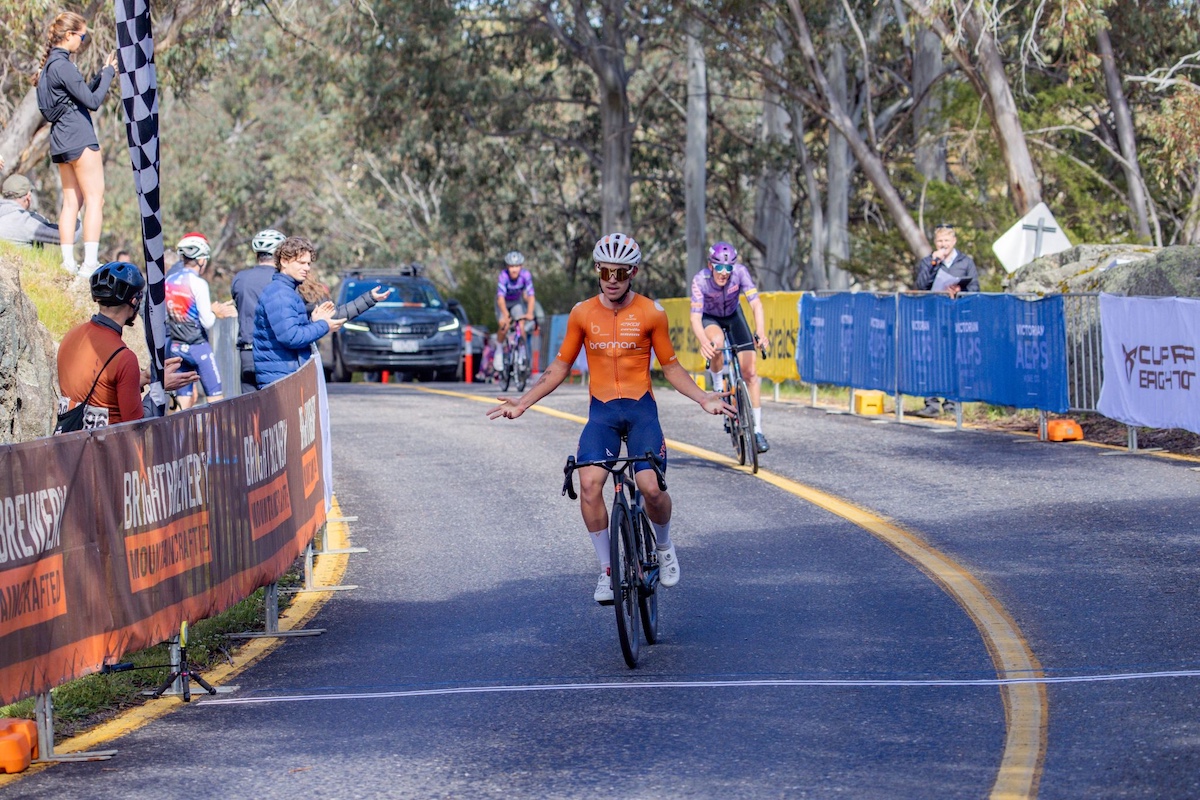Previous winners in Valkenburg
From Kint to Camenzind
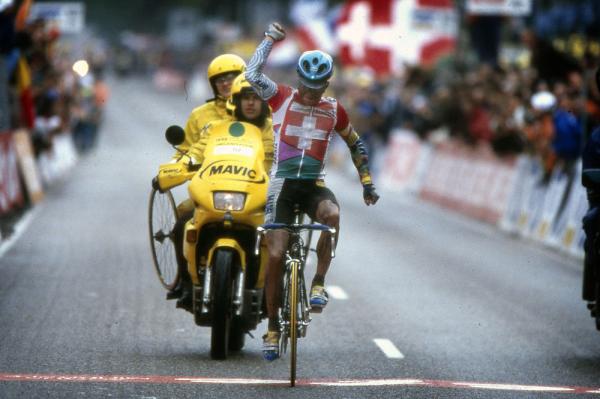
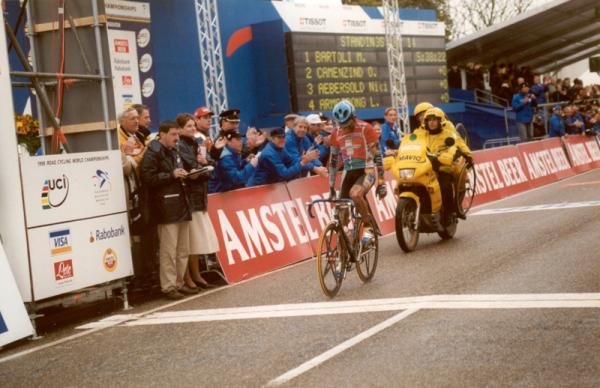
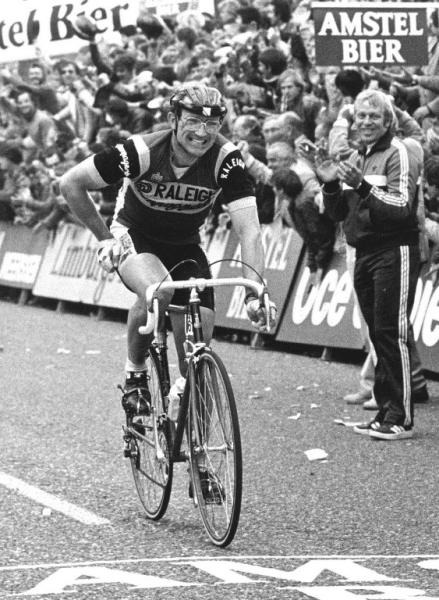
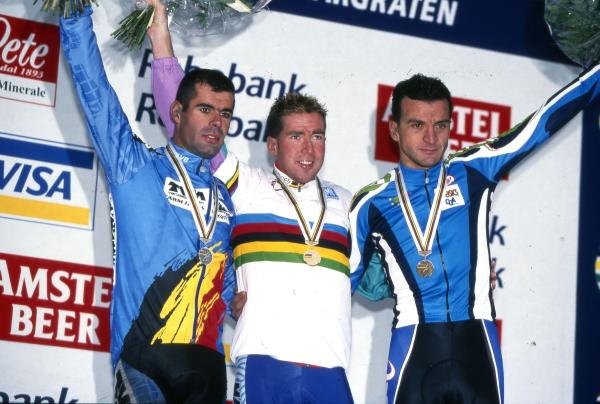
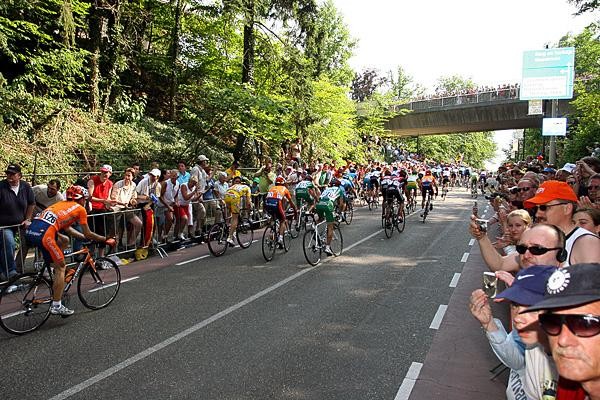
Limburg has been very well favoured when it has come to hosting the world championships. Valkenburg has already hosted the world champsionships on four previous occasions, while nearby Heerlen was also a Worlds venue in 1967. On all five of those occasions, the title has been won by proven Classics performers at the end of extremely selective races.
The Dutch town first held the championships in 1938 when 36 riders lined up to compete on a short circuit that included no fewer than 27 ascents of the Cauberg. Italy's Gino Bartali was favourite for the title but the Italian dropped out with most of the other likely contenders well before the finish, which came down to a sprint matching Belgium's Marcel Kint against Swiss riders Paul Egli and Leo Amberg. Despite being outnumbered, three-time Flèche Wallonne winner Kint, known as 'The Black Eagle' thanks to his hooked nose and dark jersey, took the crown. As a result of the outbreak of war he held it for seven years and very nearly defended it in 1946, when he was second.
In 1948, the original 'Lion of Flanders', Briek Schotte, added the Worlds to the Tour of Flanders crown he'd already captured that season. However, post-race talk focused on Italy's Gino Bartali and Fausto Coppi. Both believed they should be leading the azzurri and neither would help the other when Schotte and two other riders went clear.
"All we could do was damage each other," said Coppi. "When we learned the gap was 10 minutes, Bartali got worried: 'We should save our honour. Let's go, Fausto!' But I said, 'I'm going to rest.'" With that, both riders quit. Both were subsequently banned for three months by their federation.
There was controversy again in 1979. Dutchman Jan Raas, five times the winner of Amstel Gold, took the rainbow jersey ahead of Germany's Didi Thurau but Italian leader Giovanni Battaglin was convinced he'd been robbed. "The German worked for the Dutchman," he claimed. "I'm sure that Raas and Thurau owed each other favours from other races."
Coming into the finish, Battaglin launched the sprint but crashed when Raas's pedal went into his rear wheel. The Italians protested but in vain. Other teams were also unimpressed. The Spanish coach, Ramón Mendiburu, also criticised the Dutch team, complaining: "Raas and Knetemann were hanging on to their team car every time they went up the Cauberg but the commissaires turned a blind eye to it."
In 1998, splits in the Italian camp once again worked in favour of their rivals. Michele Bartoli was most people's tip but coming towards the finish Switzerland had two riders in the lead break. When Oscar Camenzind skipped clear with 11km remaining, his rivals looked at each other to chase, then lost further momentum when Dutch hero Michael Boogerd crashed.
The latest race content, interviews, features, reviews and expert buying guides, direct to your inbox!
Bartoli eventually took up the chase with Peter Van Petegem but Camenzind held on. Van Petegem beat Bartoli to second, while Lance Armstrong, regaining his form after beating cancer, was fourth, as he had been in the time trial won by Spain's Abraham Olano.
Peter Cossins has written about professional cycling since 1993 and is a contributing editor to Procycling. He is the author of The Monuments: The Grit and the Glory of Cycling's Greatest One-Day Races (Bloomsbury, March 2014) and has translated Christophe Bassons' autobiography, A Clean Break (Bloomsbury, July 2014).
